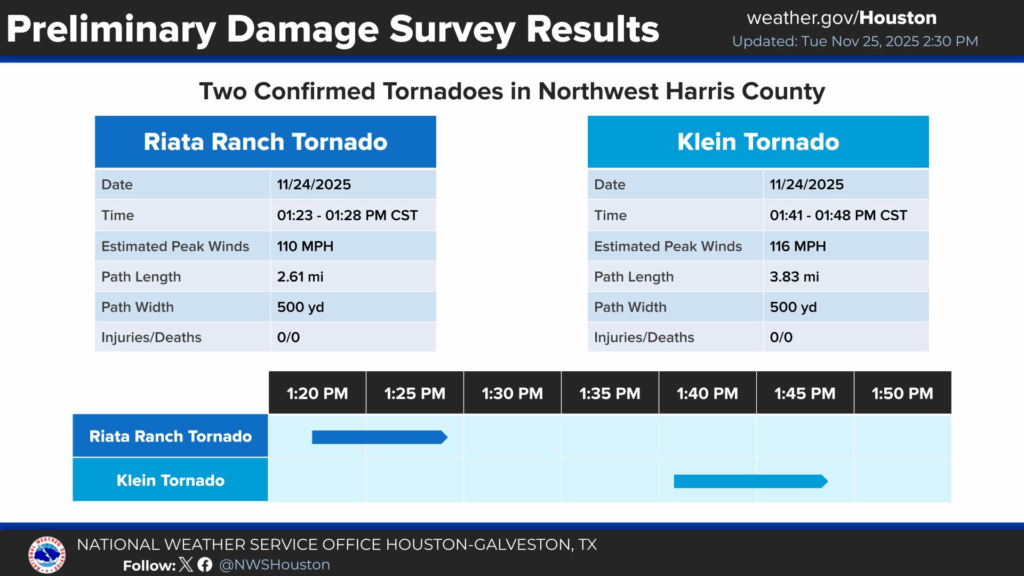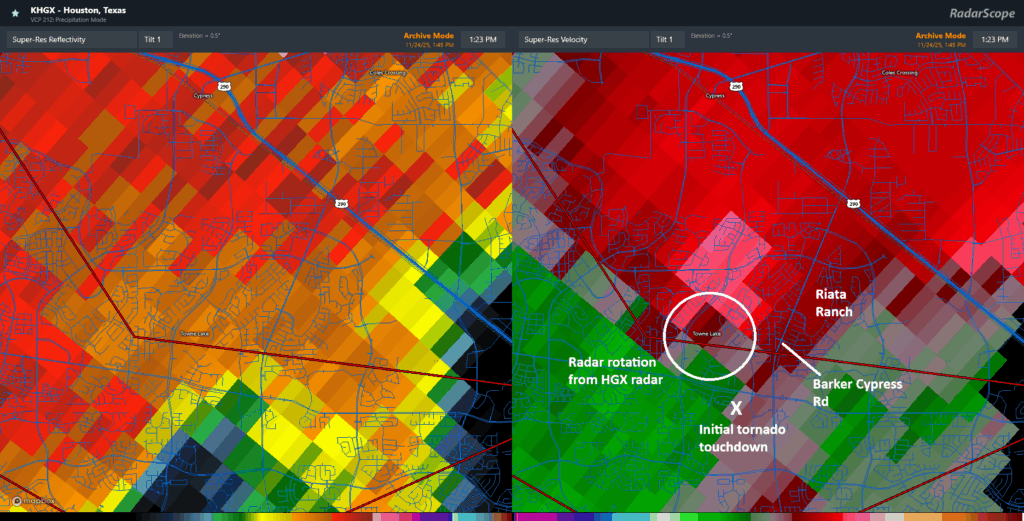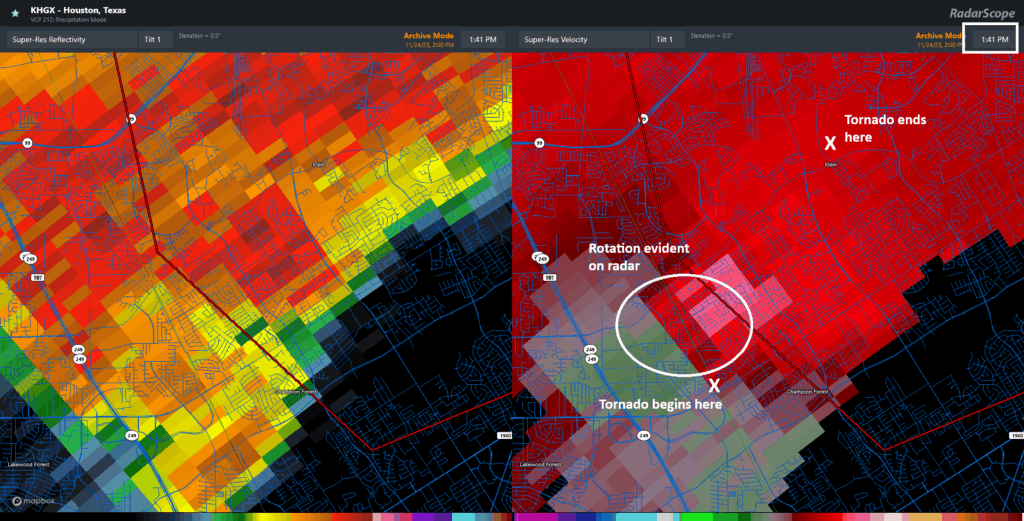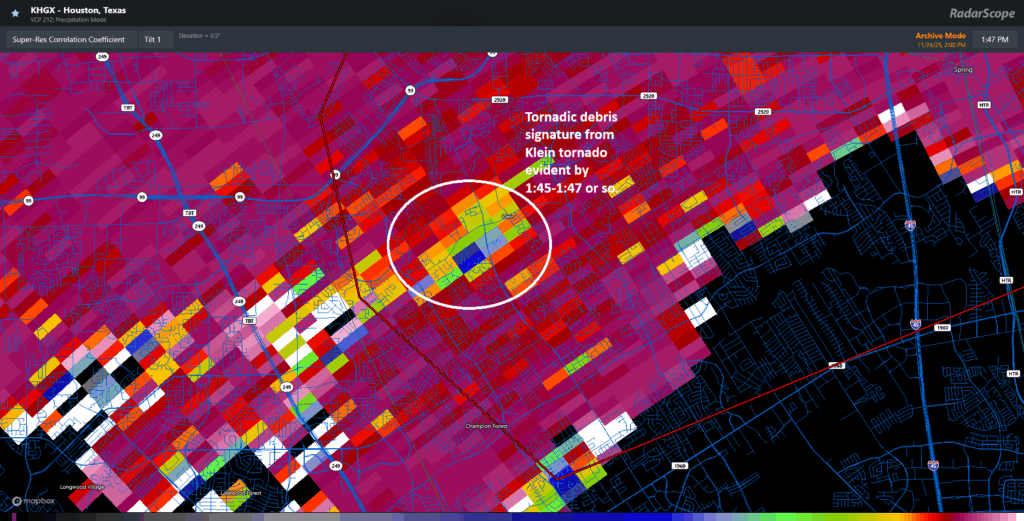In brief: Scattered showers and thunderstorms return to Houston on Saturday with a low-end (marginal, 1/5) severe weather risk. Any severe weather will be isolated. Much colder weather will follow Sunday with highs in the 50s. Periods of rain and temperatures in the 40s (!) on Monday. Nicer weather after Monday.
I hope you all had a wonderful Thanksgiving, and a special thank you to those who were working during the holiday. We can speak graciously of our colleagues at the National Weather Service office or those on TV. But we know many others were needed at work too. So, thank you.
Fundraiser
Much like your fridge with leftovers, I imagine your inbox is stuffed with amazing deals from #brands today. Just don’t forget local and small businesses! And if you want some Houston-centric merchandise for yourself or family this holiday season, we are in the final days of our annual fundraiser now. The finish line hits Monday. Then we don’t get to bug you again until next November. If you feel compelled, we greatly appreciate your support. Thank you!
Today
Quiet weather is with us for one more day. Look for clouds to perhaps increase through the afternoon or evening hours as we begin to transition back to a warmer air mass ahead of tomorrow’s next front and storm system.
Saturday
Alright, the headline for Saturday is that the entire area is under a marginal risk (1/5) for severe storms.
Back on Monday, we were in a slight risk (2/5), so the setup this time around is a tinge less impressive. Just want to benchmark this. That said, here’s how it should play out.
Saturday morning: If you have plans in the morning hours tomorrow, a few showers, drizzle, or sprinkles are possible but nothing worse than that. The AM looks fine.
Saturday afternoon: Showers will become more scattered, especially north and west of Downtown Houston, with an isolated strong to severe storm possible after 2-3 PM or so. All modes of severe weather (strong winds, hail, isolated tornadoes) are in play Saturday but none looks especially likely. In most cases, storms will be benign with just thunder, lightning, and heavy downpours. But one or two could push severe levels.
Saturday evening: Isolated strong to severe storms will continue to be possible north and west of Houston but a squall line of widespread moderate thunderstorms should develop and track south and east after 8 to 10 PM or so, reaching the coast by about 2 to 3 AM. Within this line of storms could be some gusty winds to 40 mph or so. I think this is especially true around Galveston Bay or on the Island. But risk of tornadoes or hail should back off.
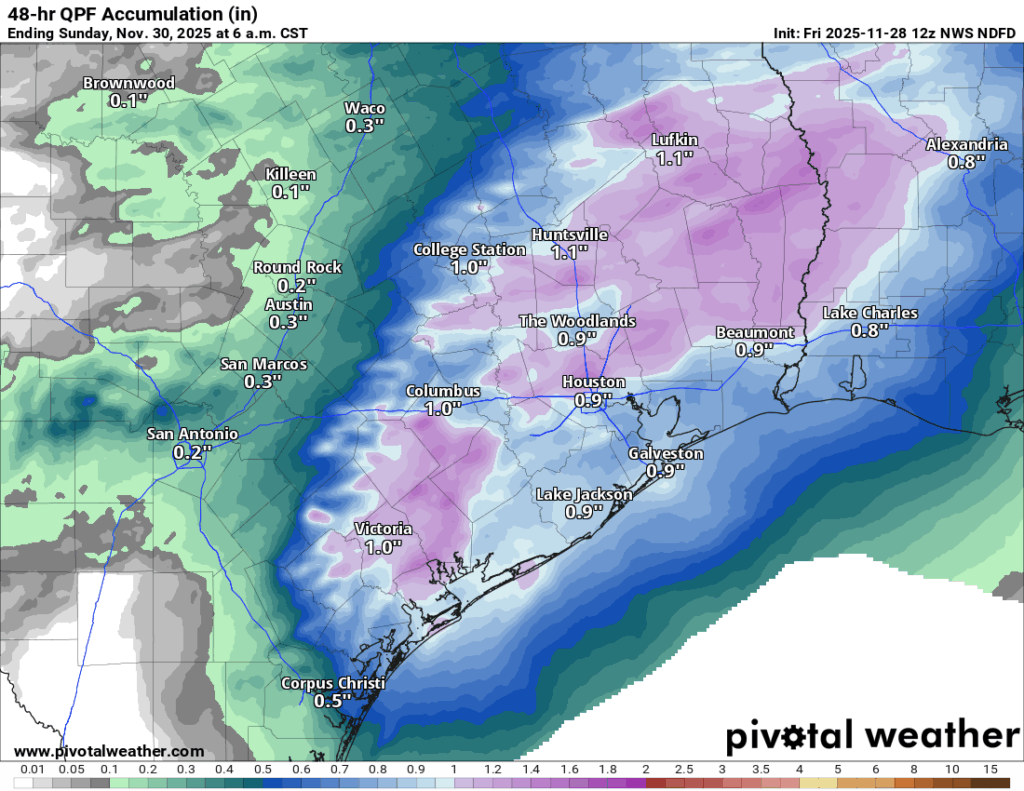
After 3 AM, the line of storms should push offshore and conditions will improve. Gusty north winds will follow, with gusts at times of 30 to 35 mph or even a little stronger on the coast.
Sunday
We’ll close the weekend on a bit of a chilly, raw note. Look for clouds to dominate, though I’ll hold out hope for at least a little sunshine in a few spots. Maybe. Temperatures will be steady in the low-50s. If we see some sun, we could pop into the mid-50s.
Monday
Our next storm system glides in Sunday night, delivering a wintry-type day Monday. Expect chilly temperatures, mostly in the 40s Monday. Some places may be lucky to get above 45 degrees. Additionally, rain. Look for periods of rain, showers, and probably even a couple rumbles of thunder around the area.

Rain totals are a little less confident of a forecast. These types of setups tend to favor the coastal areas, where perhaps 1 inch or more of rain is possible. However, some model guidance does include higher totals inland as well. For now, I would expect a quarter to half-inch on average with pockets of the area likely seeing 1 inch or more.
After Monday
Quieter weather follows Monday, with our next chance of rain perhaps Thursday or Friday. Tuesday and Wednesday morning will see lows in the 30s and low-40s, so it’ll be chilly. Highs will be in the 50s on Wednesday and back into the 60s on Thursday and Friday.








